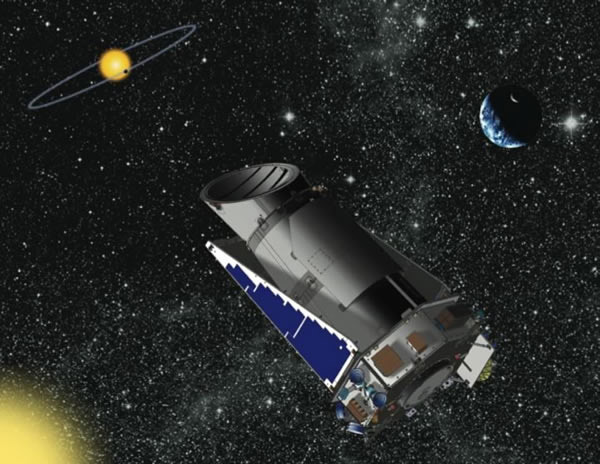Alien life: so widespread and so distant

Decoding the data received by the Kepler telescope suggests that in our galaxy there are many more planets capable of supporting life than previously thought. Astrobiologist Amri Randel from the physical division of the Hebrew University in Jerusalem , has calculated that the inhabited planets can be from us at a distance of about 10 light years. The report has been prepared as a preprint for the future issue of the journal International Astrobiological Journal.

In his study, the scientist refines the famous Drake's formula - a formula that calculates the possible number of civilizations in our galaxy, which we can find from the electromagnetic radiation emitted by them. On the basis of the data obtained from the telescope, Randel is trying to estimate a value denoting the probability of the development of biological life on a planet in the habitable zone. He claims that this value ranges from 0.001 to 1.
')
With the help of a telescope, it was found that the planets in the habitable zone are much larger than expected, and taking the indicated probability of the development of life, we can calculate that the closest similar planet to us is at a distance of 10 to 100 light years. In an optimistic assessment of a variable formula denoting the probability of a developed civilization appearing on the planet, it turns out that a civilization, the signals of which the SETI project could detect, may be located at a distance of several thousand light years from us.
Further refinement of the parameters of the formula may occur in the near future - scientists hope by spectral analysis to learn to identify some biomarkers that would report the presence of biological life on the planet. Unfortunately, it is not possible to get a visit to our neighbors in the near future - except after the invention of cryos or through wormholes.
Source: https://habr.com/ru/post/364033/
All Articles